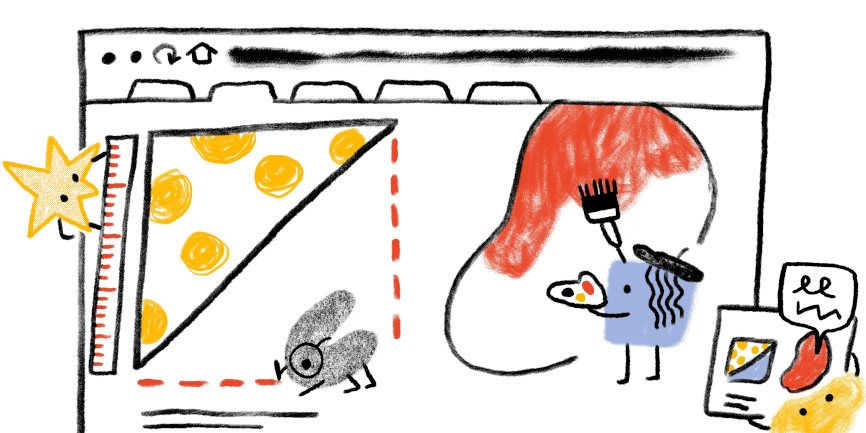The #WebAlmanac is almost ready to launch and I'm really REALLY excited. 75+ people from the web community volunteered their time to produce a report containing **20 chapters** about the state of the web. So grateful for all of the contributors and I can't wait to share our work! 

By the way, how great are these illustrations?! Many thanks to @DataToViz for drawing all 20 chapters. I absolutely love how these came out.
Can you guess which chapters they correspond to?



Can you guess which chapters they correspond to?




• • •
Missing some Tweet in this thread? You can try to
force a refresh





















